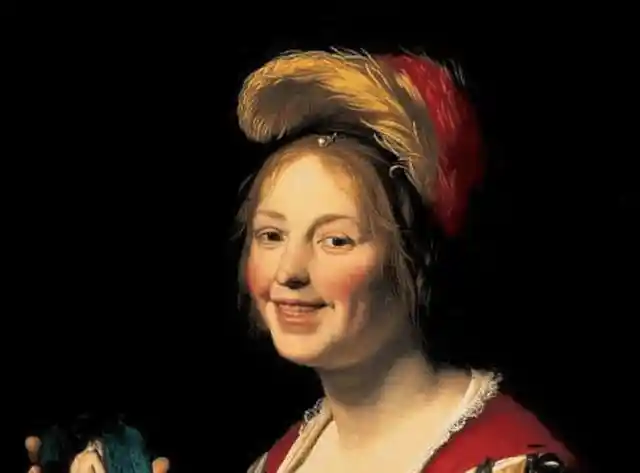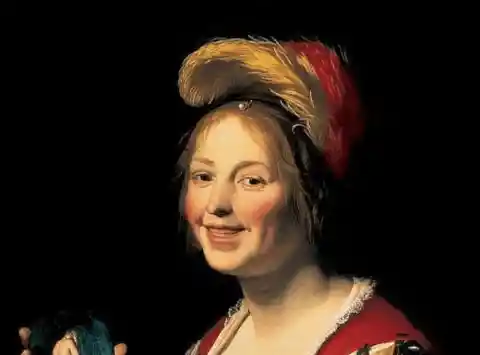Renaissance Women Wanted Receding Hairlines
These days it's almost impossible to meet the incredibly unrealistic and changing beauty standards of our world, and many of us have spent way too much time trying to paint, contour, or photoshop ourselves into stacking up to the standards of today. Although society will continue to dictate the trends of years to come, it's hard to believe that some of these past beauty trends were considered glamorous. Some of the hottest styles of the past are horrifying by today's standards. Here are some of the weirdest historical beauty standards ever.
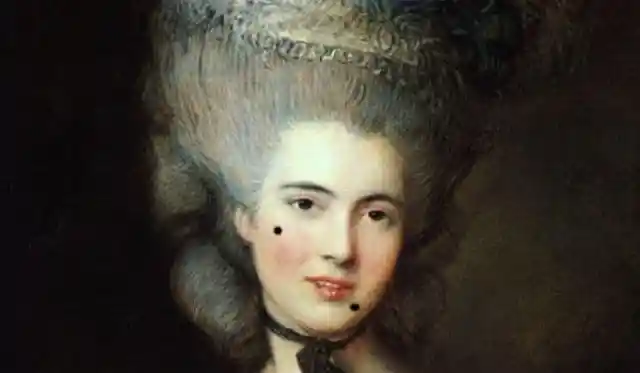
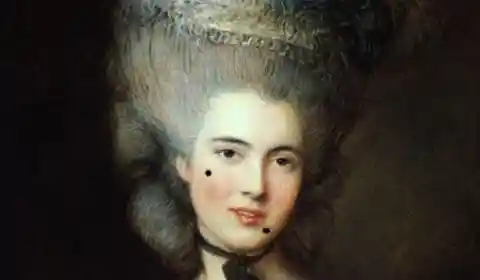
These days it's almost impossible to meet the incredibly unrealistic and changing beauty standards of our world, and many of us have spent way too much time trying to paint, contour, or photoshop ourselves into stacking up to the standards of today. Although society will continue to dictate the trends of years to come, it's hard to believe that some of these past beauty trends were considered glamorous. Some of the hottest styles of the past are horrifying by today's standards. Here are some of the weirdest historical beauty standards ever.
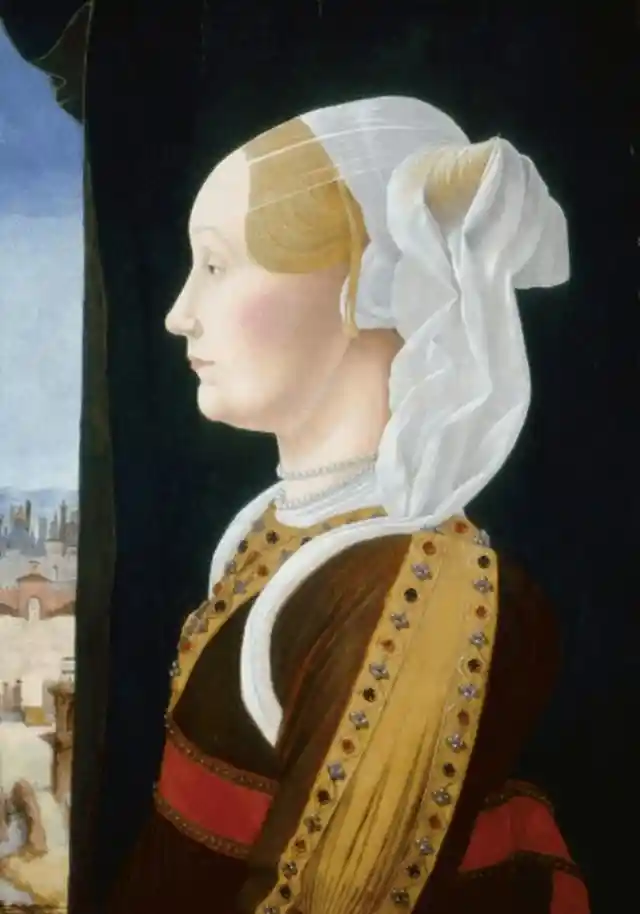
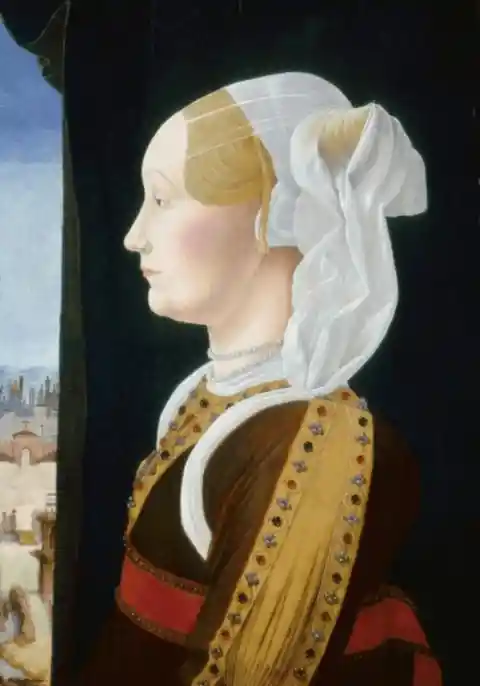
Renaissance Women Wanted Receding Hairlines Renaissance Women Wanted Receding Hairlines
The Renaissance was a cultural movement that began in Florence in the 1400's, and then spread throughout most of Europe, and lasted into the early years of the 16th century. Because the heart of the Renaissance era dealt with an idolization of the art and literature from the ancient civilizations of Rome and Greece, the perception of what was considered beautiful changed. That being said, if you've ever looked at Renaissance paintings and wondered why the women look so odd, then it isn't just you. It was during this time that Large, curved foreheads were an important indicator of beauty. So, women would pluck or shave their hairlines to increase the size of their forehead. Basically, these women were creating a receding hairline on purpose.
Painted Legs Were an Actual Look During World War Two


The Renaissance was a cultural movement that began in Florence in the 1400's, and then spread throughout most of Europe, and lasted into the early years of the 16th century. Because the heart of the Renaissance era dealt with an idolization of the art and literature from the ancient civilizations of Rome and Greece, the perception of what was considered beautiful changed. That being said, if you've ever looked at Renaissance paintings and wondered why the women look so odd, then it isn't just you. It was during this time that Large, curved foreheads were an important indicator of beauty. So, women would pluck or shave their hairlines to increase the size of their forehead. Basically, these women were creating a receding hairline on purpose.
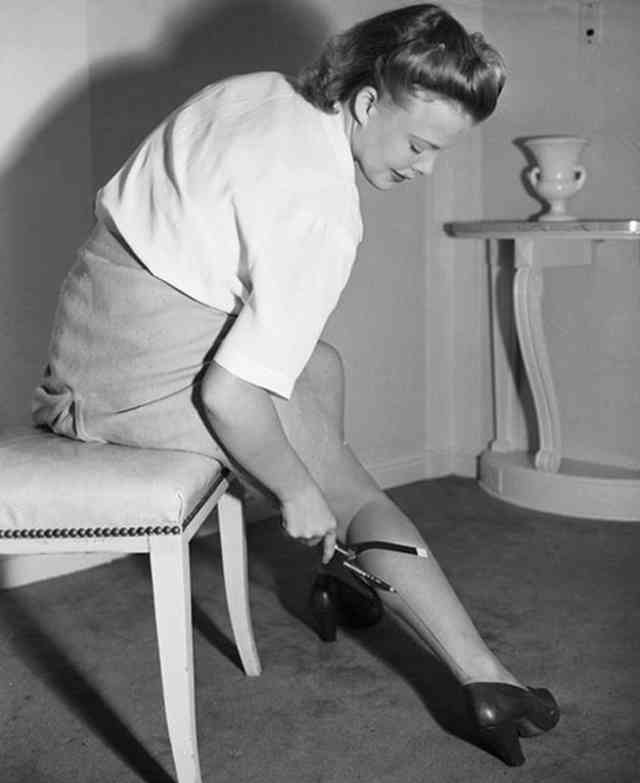
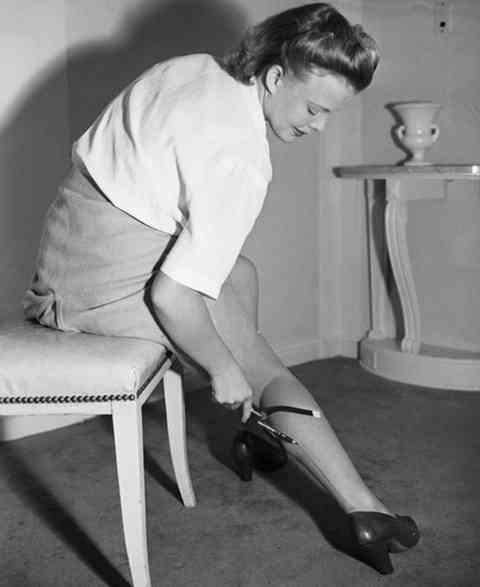
Painted Legs Were an Actual Look During World War Two Painted Legs Were an Actual Look During World War Two
During World War II, there was a shortage on nylon, meaning that there was a shortage in women's pantyhose. Although there was a shortage, stockinged legs were still necessary. Hence, dozens of makeup products hit the market that were made to look like nylon. They were deemed "liquid stockings," and were simply a foundation for your legs applied carefully and even for the illusion of pantyhose. Advanced users even made it more realistic by using black eyeliner pencils to draw the "seam" in. There was even a contraption made from the screwdriver handle, bicycle leg clip and an ordinary eyebrow pencil that would help users create the seam flawlessly. According to a 1942 edition of LIFE Magazine, "When they are properly applied the most scrutinizing pair of masculine eyes cannot distinguish between legs thus covered and legs in sheer hose." Many women would just settle for household objects to paint their legs and would use things like grace to create the look of nylon.
Small Feet Were All The Rage In China


During World War II, there was a shortage on nylon, meaning that there was a shortage in women's pantyhose. Although there was a shortage, stockinged legs were still necessary. Hence, dozens of makeup products hit the market that were made to look like nylon. They were deemed "liquid stockings," and were simply a foundation for your legs applied carefully and even for the illusion of pantyhose. Advanced users even made it more realistic by using black eyeliner pencils to draw the "seam" in. There was even a contraption made from the screwdriver handle, bicycle leg clip and an ordinary eyebrow pencil that would help users create the seam flawlessly. According to a 1942 edition of LIFE Magazine, "When they are properly applied the most scrutinizing pair of masculine eyes cannot distinguish between legs thus covered and legs in sheer hose." Many women would just settle for household objects to paint their legs and would use things like grace to create the look of nylon.
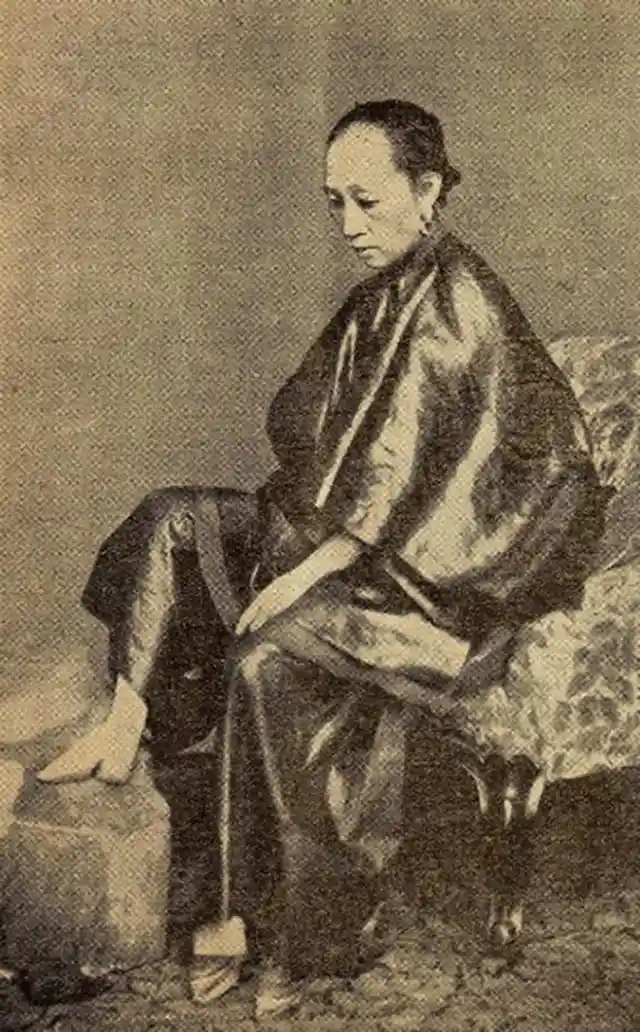
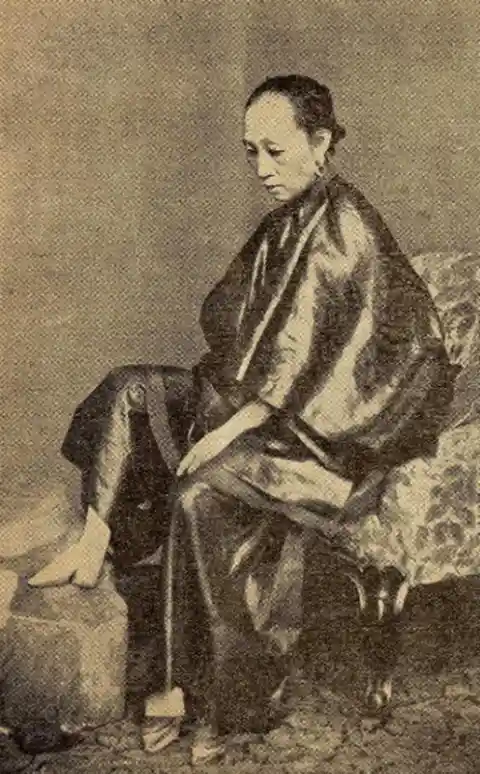
Small Feet Were All The Rage In China Small Feet Were All The Rage In China
It seems that foot binding was one of the most infamous forms of body modification, it's origins in China are unknown, although we know it was prevalent among the wives and daughters of nobles by the thirteenth century.
The practice eventually spread until the practice was commonplace. Foot binding was the custom of applying tight binding to the feet of young girls to modify the shape of their feet. It was practiced in China from the Song Dynasty until the early 20th century, and bound feet were considered a status symbol as well as a mark of beauty. Foot binding limited the mobility of women, and it resulted in lifelong disabilities. Feet altered by binding were referred to as lotus feet. It was practiced in different forms, and the more sever form may have been developed in the 16th century. It began when a girl was five to seven years old, and consisted of her feet being bandaged tightly while she was growing, causing the bones in her foot to break, the sole to bend down to meet the toes, and the toes to bend under the foot.
Skull Shaping Was Standard Child Rearing for the Ancient Maya


It seems that foot binding was one of the most infamous forms of body modification, it's origins in China are unknown, although we know it was prevalent among the wives and daughters of nobles by the thirteenth century.
The practice eventually spread until the practice was commonplace. Foot binding was the custom of applying tight binding to the feet of young girls to modify the shape of their feet. It was practiced in China from the Song Dynasty until the early 20th century, and bound feet were considered a status symbol as well as a mark of beauty. Foot binding limited the mobility of women, and it resulted in lifelong disabilities. Feet altered by binding were referred to as lotus feet. It was practiced in different forms, and the more sever form may have been developed in the 16th century. It began when a girl was five to seven years old, and consisted of her feet being bandaged tightly while she was growing, causing the bones in her foot to break, the sole to bend down to meet the toes, and the toes to bend under the foot.
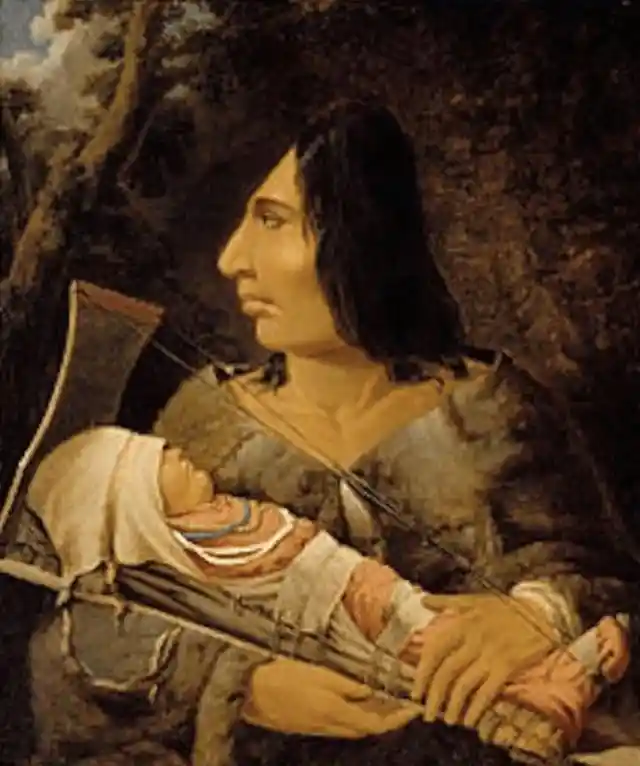
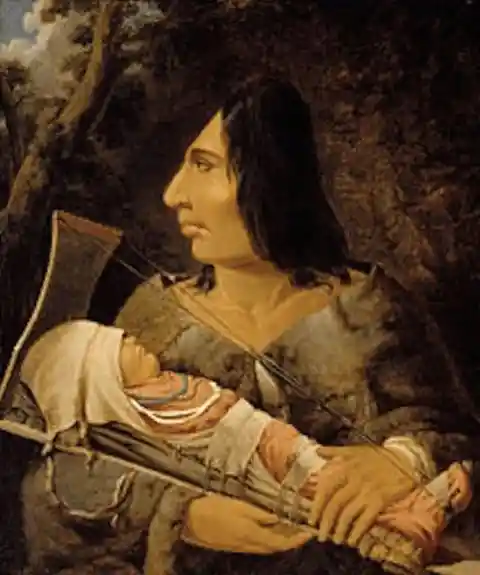
Skull Shaping Was Standard Child Rearing for the Ancient Maya Skull Shaping Was Standard Child Rearing for the Ancient Maya
If you tap the back of your head, you will realize that it's very hard. However, in early infancy it is not quite as tough and with the right techniques, it can be molded into a different shape, changing how it looks forever. The practice of reshaping the human skull has been documented in groups around the world, 45,000 years ago until today. Around 1000 BC, the ancient Maya began to modify the skulls of their infants. A child's head was kept strapped to a board or bound with various implements, forcing the skull to become malformed. This practice was done on both males and females, and it was believed to not have been related to social standing, but to a sign of ornamental beauty. This has been practiced and seen around the world in many groups including the Germanic tribes like the Huns, Hawaiians, Tahitians, Incas, and the Chinook and Choctaw tribes in North America.
Long Fingernails Were Often Seen In China


If you tap the back of your head, you will realize that it's very hard. However, in early infancy it is not quite as tough and with the right techniques, it can be molded into a different shape, changing how it looks forever. The practice of reshaping the human skull has been documented in groups around the world, 45,000 years ago until today. Around 1000 BC, the ancient Maya began to modify the skulls of their infants. A child's head was kept strapped to a board or bound with various implements, forcing the skull to become malformed. This practice was done on both males and females, and it was believed to not have been related to social standing, but to a sign of ornamental beauty. This has been practiced and seen around the world in many groups including the Germanic tribes like the Huns, Hawaiians, Tahitians, Incas, and the Chinook and Choctaw tribes in North America.
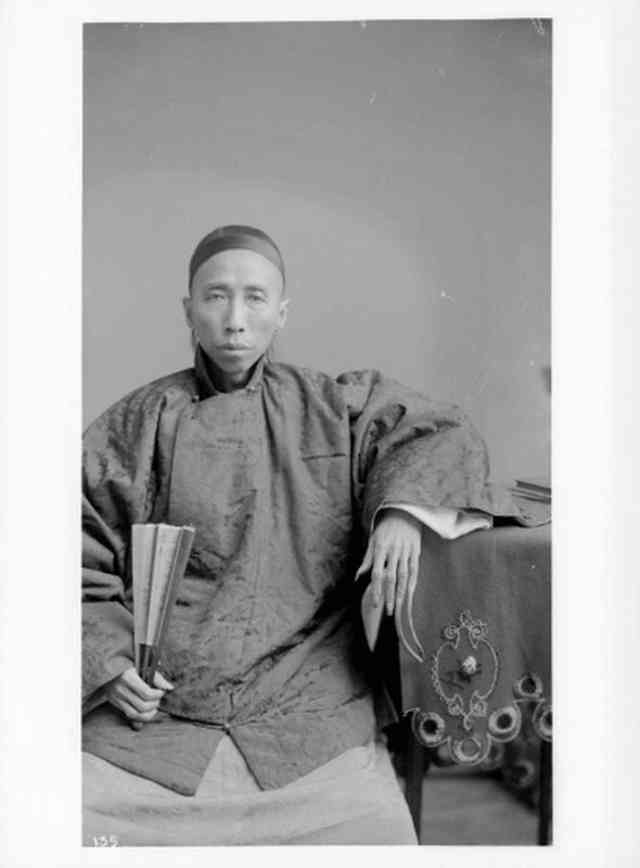
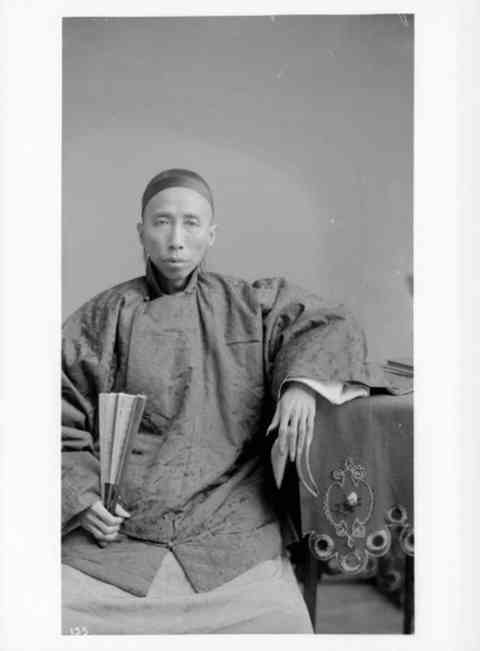
Long Fingernails Were Often Seen In China Long Fingernails Were Often Seen In China
The Chinese have a long history of long nails, both men and women. The people of the Qing Dynasty grew nails that were 8 to 10 inches long, and some women would even wear gold nail-guards in order to protect their inconvenient manicures. This was to indicate that they were so wealthy to the point they didn't need to do any labor with their hands. Instead, they had to rely on servants to do things like dress or feed them.
Men's Calves Were Basically The Abs Of The Middle Ages


The Chinese have a long history of long nails, both men and women. The people of the Qing Dynasty grew nails that were 8 to 10 inches long, and some women would even wear gold nail-guards in order to protect their inconvenient manicures. This was to indicate that they were so wealthy to the point they didn't need to do any labor with their hands. Instead, they had to rely on servants to do things like dress or feed them.
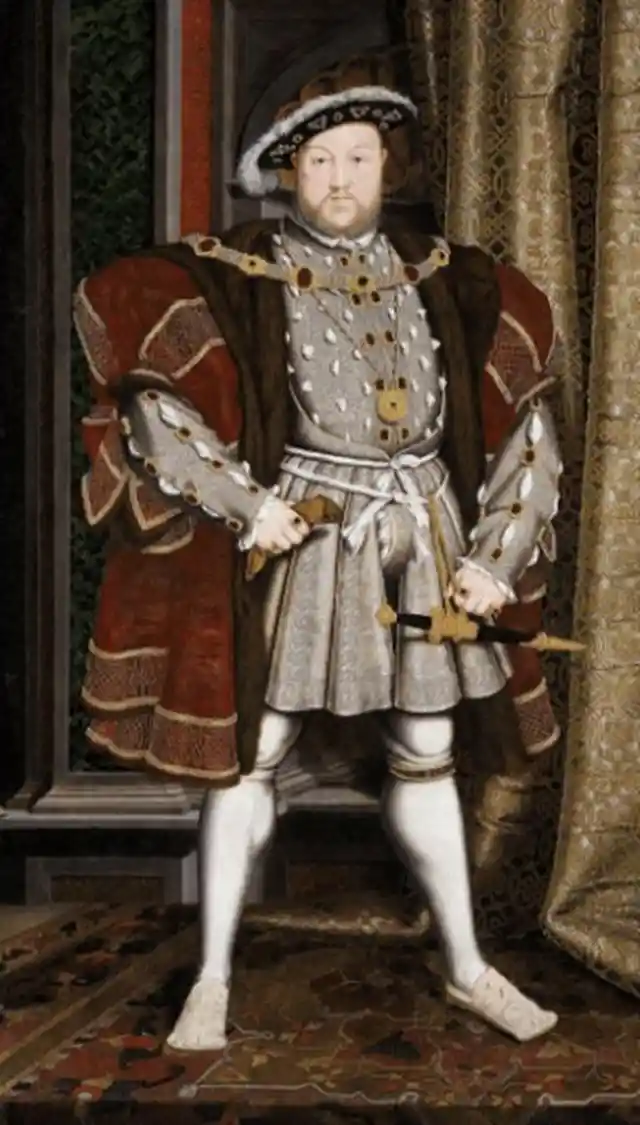
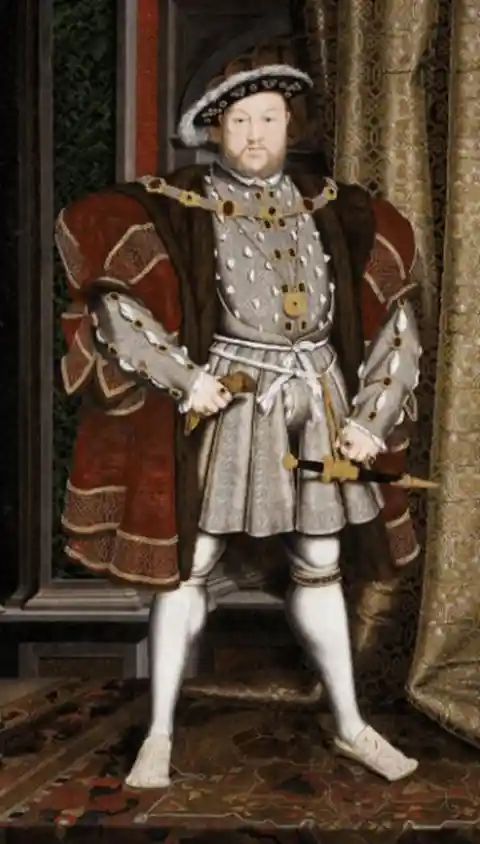
Men's Calves Were Basically The Abs Of The Middle Ages Men's Calves Were Basically The Abs Of The Middle Ages
Women's legs are highly admired these days, but back in the Middle Ages and well through the 18th century, men's calves were what it was about. It looks like nothing says Medieval male masculinity like a slender, shapely leg. Men wore stockings like the women in order to show off their well-shaped calves, and some even wore padding inside their stockings to improve their unsatisfactory gams. For example, King Henry VIII, was well known for his excellent calves.
Eyelashes Were So Out During the Renaissance


Women's legs are highly admired these days, but back in the Middle Ages and well through the 18th century, men's calves were what it was about. It looks like nothing says Medieval male masculinity like a slender, shapely leg. Men wore stockings like the women in order to show off their well-shaped calves, and some even wore padding inside their stockings to improve their unsatisfactory gams. For example, King Henry VIII, was well known for his excellent calves.
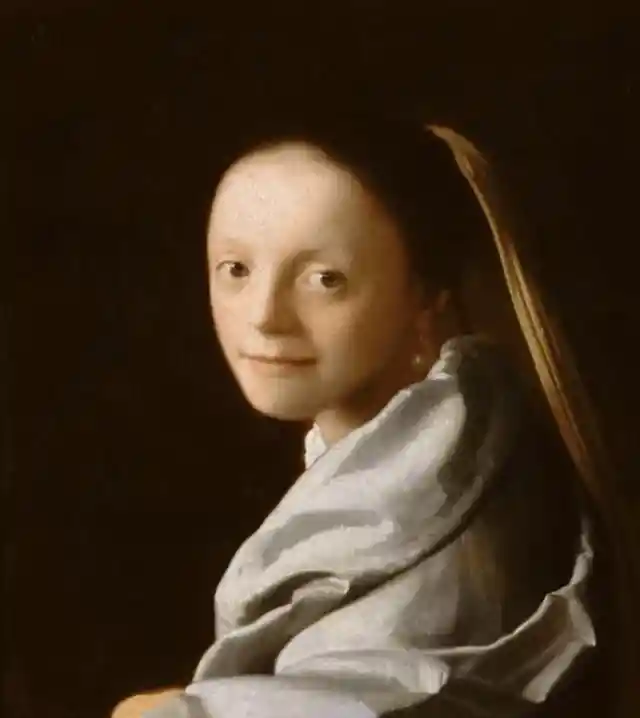

Eyelashes Were So Out During the Renaissance Eyelashes Were So Out During the Renaissance
During the Medieval period, and even in the Renaissance and until the 18th century, eyelashes were not styled. In fact, the plucking of the hair did not stop at the forehead, women actually plucked and removed their eyelashes entirely. During this time being fresh faced gave the look of innocence, while eyelashes and especially elongated lashes became symbols of over sexuality. Many women plucked their eyelashes or just bleached them to create a more a vacuous look.
Japanese Women Wanted Black Teeth


During the Medieval period, and even in the Renaissance and until the 18th century, eyelashes were not styled. In fact, the plucking of the hair did not stop at the forehead, women actually plucked and removed their eyelashes entirely. During this time being fresh faced gave the look of innocence, while eyelashes and especially elongated lashes became symbols of over sexuality. Many women plucked their eyelashes or just bleached them to create a more a vacuous look.
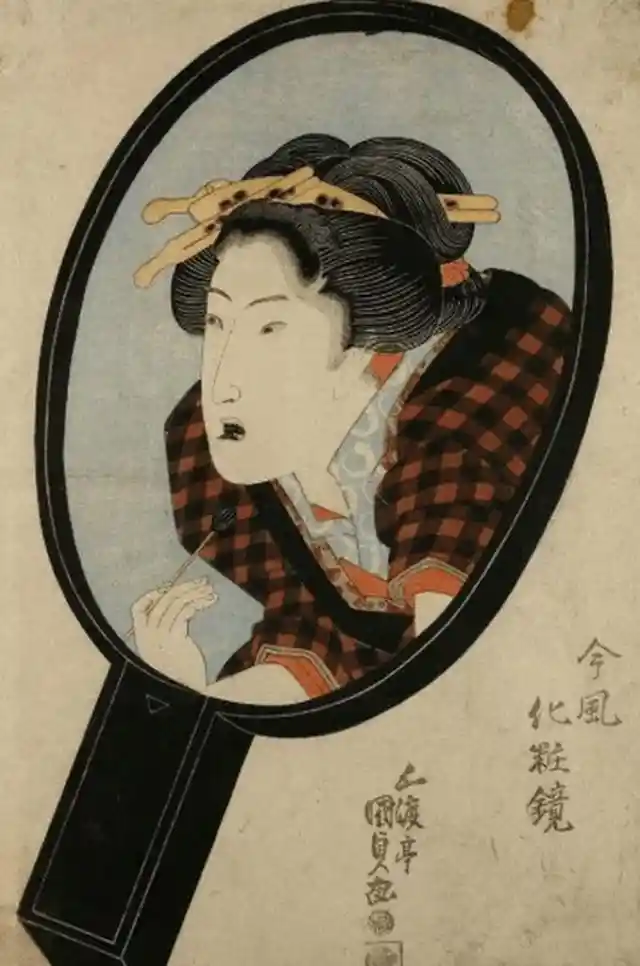
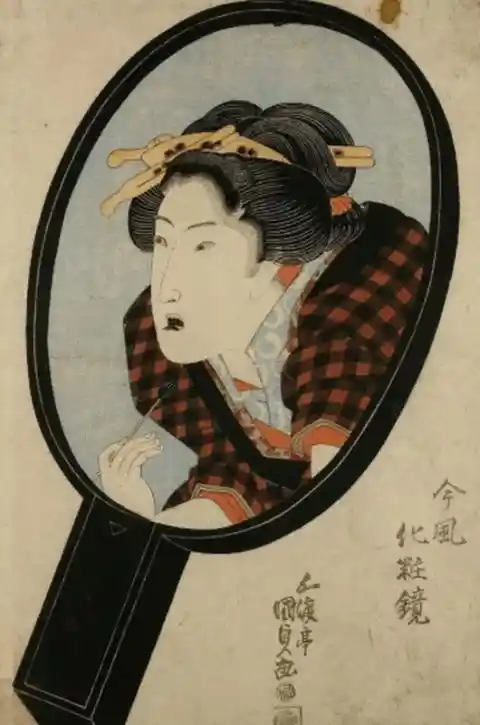
Japanese Women Wanted Black Teeth Japanese Women Wanted Black Teeth
Ohaguro is a practice in which people, (usually women) dye their teeth black. While this custom is known to be practiced in different parts of the world, it is most commonly associated with Japan. Traits deemed attractive and beautiful are often dictated by a society, and black teeth, up until the end of the 19th century was regarded as a sign of beauty in Japan. For thousands of years, Japanese women would blacken their teeth permanently after marriage. This continued through the 19th century, and was a symbol of beauty and marital commitment.
Beauty Patches Were Very Classy


Ohaguro is a practice in which people, (usually women) dye their teeth black. While this custom is known to be practiced in different parts of the world, it is most commonly associated with Japan. Traits deemed attractive and beautiful are often dictated by a society, and black teeth, up until the end of the 19th century was regarded as a sign of beauty in Japan. For thousands of years, Japanese women would blacken their teeth permanently after marriage. This continued through the 19th century, and was a symbol of beauty and marital commitment.
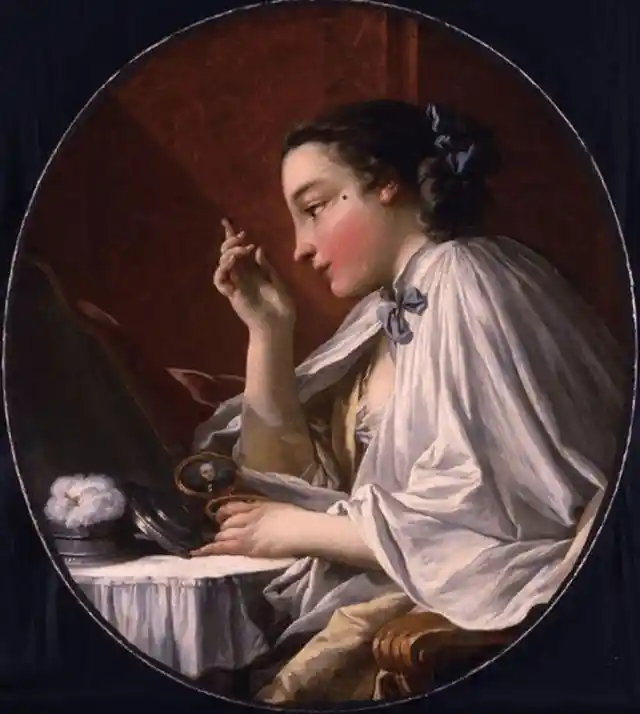
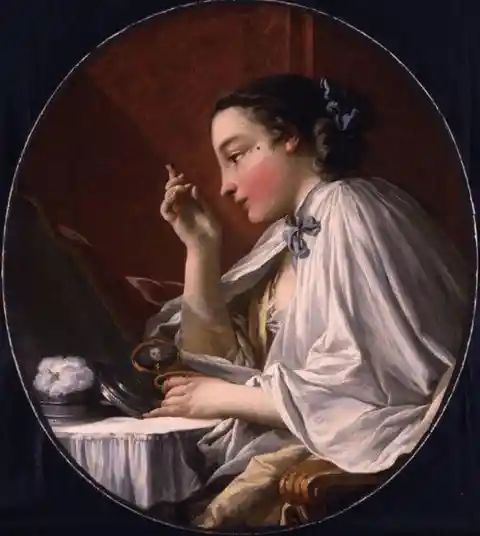
Beauty Patches Were Very Classy Beauty Patches Were Very Classy
It was during the 17th century that beauty patches became a fashion statement, in particular for the upper classes, and were worn by men and women alike. French nobility had a fondness for lily white skin and white-colored wigs, and to emphasize someone's place in society, white face paint, rouged cheeks and the wearing of patches was the done. Beauty patches were small pieces of fabric that were adhered to the face. They came in many shapes, such as stars, circles, and squares, and their placement on the face had specific meaning. For example, one placed by the mouth implied flirtatiousness, and one on the right cheek meant that the woman was married.
Veiny Cleavage Was a Must Have


It was during the 17th century that beauty patches became a fashion statement, in particular for the upper classes, and were worn by men and women alike. French nobility had a fondness for lily white skin and white-colored wigs, and to emphasize someone's place in society, white face paint, rouged cheeks and the wearing of patches was the done. Beauty patches were small pieces of fabric that were adhered to the face. They came in many shapes, such as stars, circles, and squares, and their placement on the face had specific meaning. For example, one placed by the mouth implied flirtatiousness, and one on the right cheek meant that the woman was married.
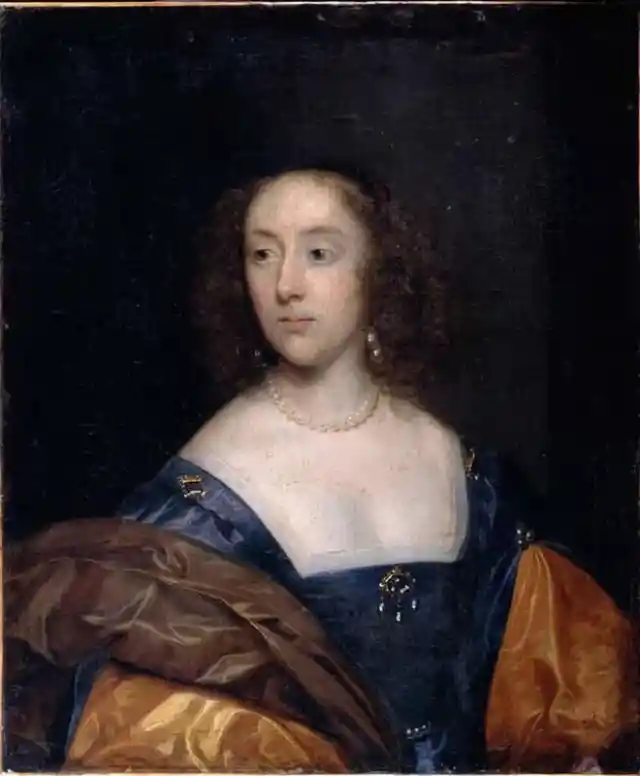
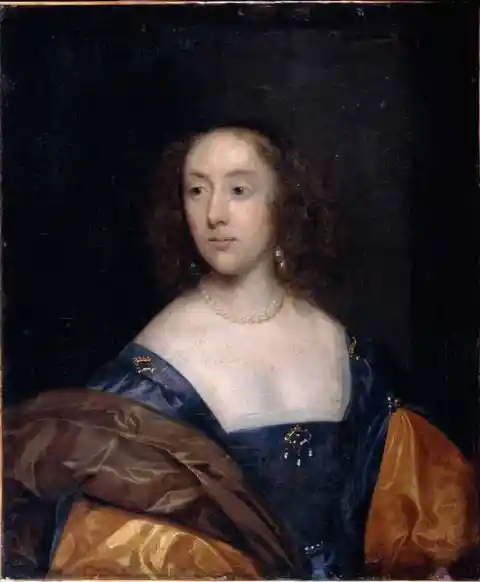
Veiny Cleavage Was a Must Have Veiny Cleavage Was a Must Have
During the seventeenth-century England saw an increase of cleavage in fashion. Necklines began to plunge and breasts became to be on full display and one of the most prominent features that women attempted to display. It was also during this time that extreme paleness was in style, as it suggested wealth and an inability to stay out of the sun, unlike the laborers. In order to extend the paleness that was achieved by putting powders on the face to the cleavage, women would draw blue veins on their breasts to mimic translucent skin.
Ancient Chinese Women Constantly Updated Their Colorful Eyebrows


During the seventeenth-century England saw an increase of cleavage in fashion. Necklines began to plunge and breasts became to be on full display and one of the most prominent features that women attempted to display. It was also during this time that extreme paleness was in style, as it suggested wealth and an inability to stay out of the sun, unlike the laborers. In order to extend the paleness that was achieved by putting powders on the face to the cleavage, women would draw blue veins on their breasts to mimic translucent skin.
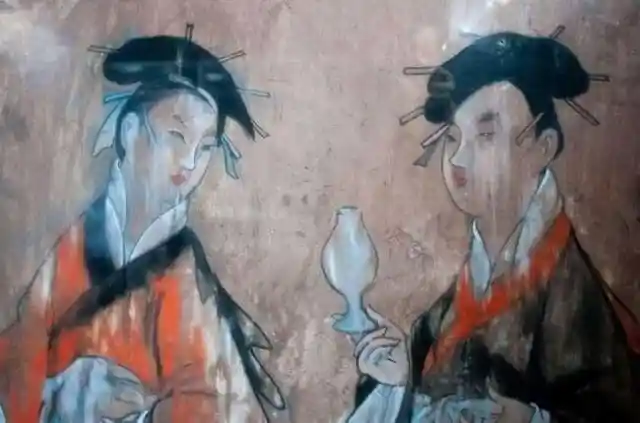
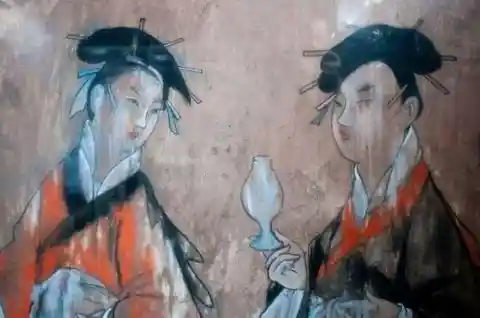
Ancient Chinese Women Constantly Updated Their Colorful Eyebrows Ancient Chinese Women Constantly Updated Their Colorful Eyebrows
Ancient Chinese women had a chance to get very creative with their eyebrows. They would paint their eyebrows a plethora of colors with black, blue, or green grease, and then shape them according to the trend that was going on at the time. At one point during the Han Dynasty, sharply pointed eyebrows were the style. During another time, women were expected to have short and high eyebrows, and one style was called the "sorrow brow," where the brows were arched upward in the middle to make it look like they had a sad expression.
The Greeks Loved Unibrows


Ancient Chinese women had a chance to get very creative with their eyebrows. They would paint their eyebrows a plethora of colors with black, blue, or green grease, and then shape them according to the trend that was going on at the time. At one point during the Han Dynasty, sharply pointed eyebrows were the style. During another time, women were expected to have short and high eyebrows, and one style was called the "sorrow brow," where the brows were arched upward in the middle to make it look like they had a sad expression.
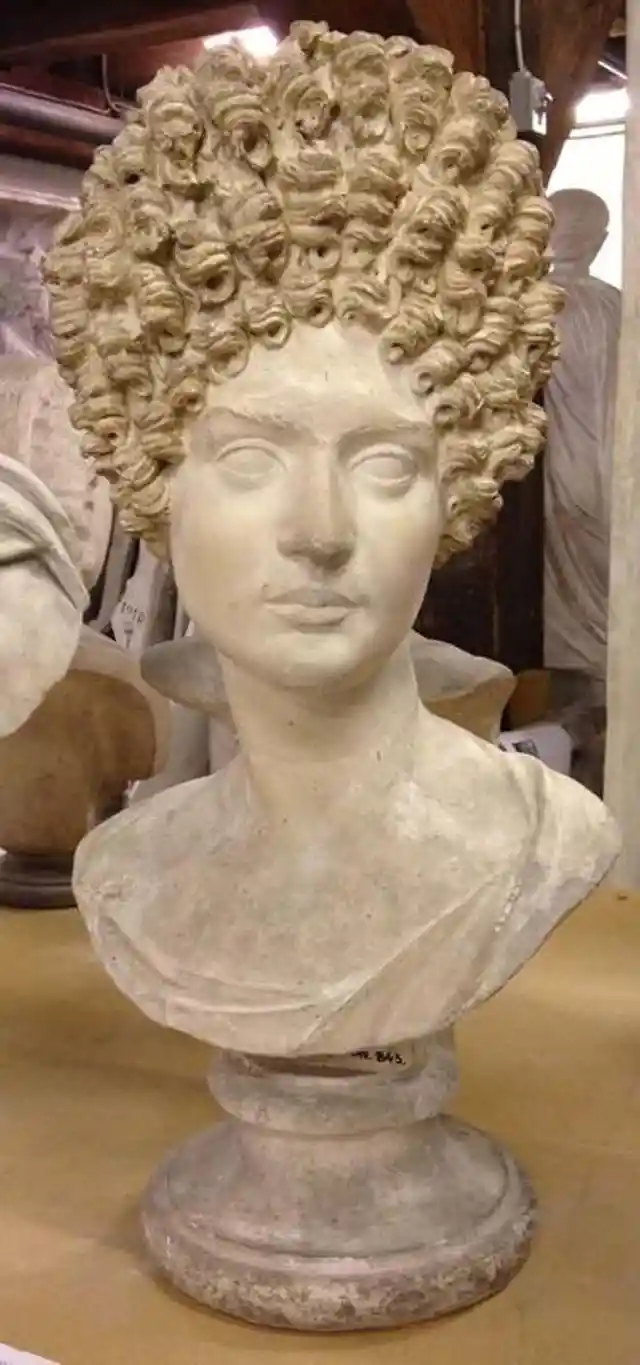
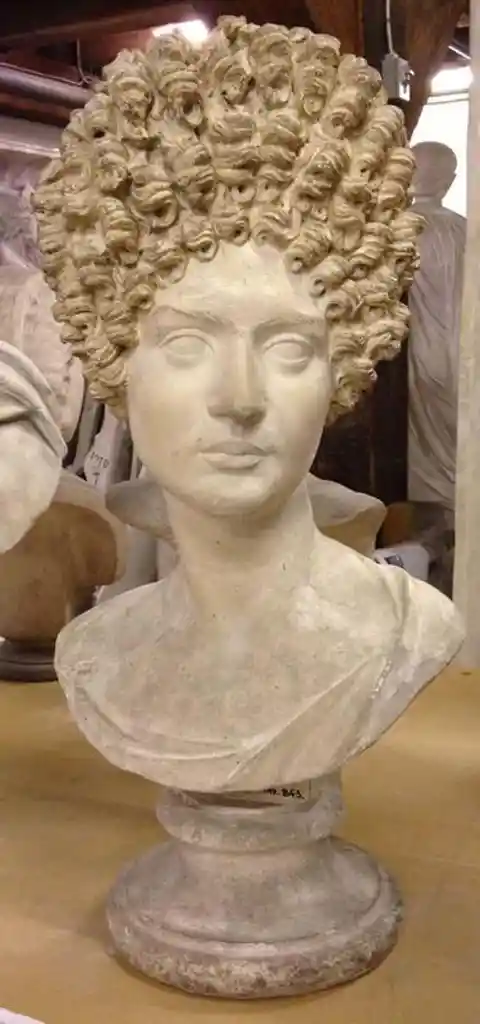
The Greeks Loved Unibrows The Greeks Loved Unibrows
It's clear from Greek texts that Petronius's "ideal woman" had eyebrows that "almost met again close beside her eyes." The ideal it seems, was actually a blurred join in the middle of the brows. In Ancient Greece, women's unibrow were considered a sign of intelligence and purity. If they didn't have one naturally, women would use kohl pigment to draw one on, for that bold and beautiful look (probably).
Short Teeth Were Essential During The Renaissance


It's clear from Greek texts that Petronius's "ideal woman" had eyebrows that "almost met again close beside her eyes." The ideal it seems, was actually a blurred join in the middle of the brows. In Ancient Greece, women's unibrow were considered a sign of intelligence and purity. If they didn't have one naturally, women would use kohl pigment to draw one on, for that bold and beautiful look (probably).
